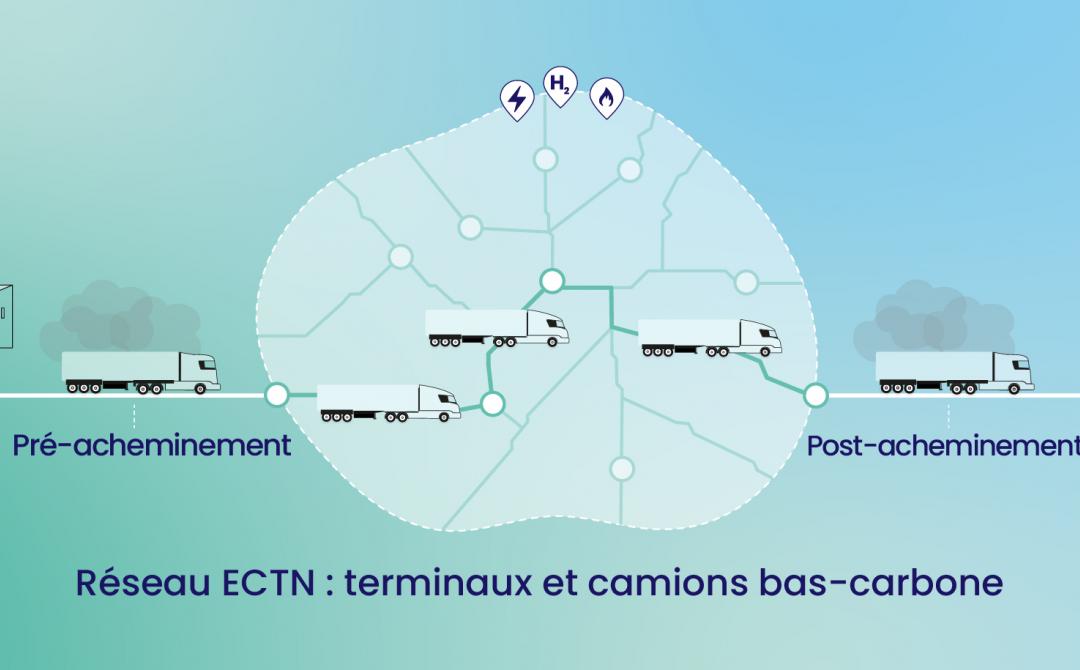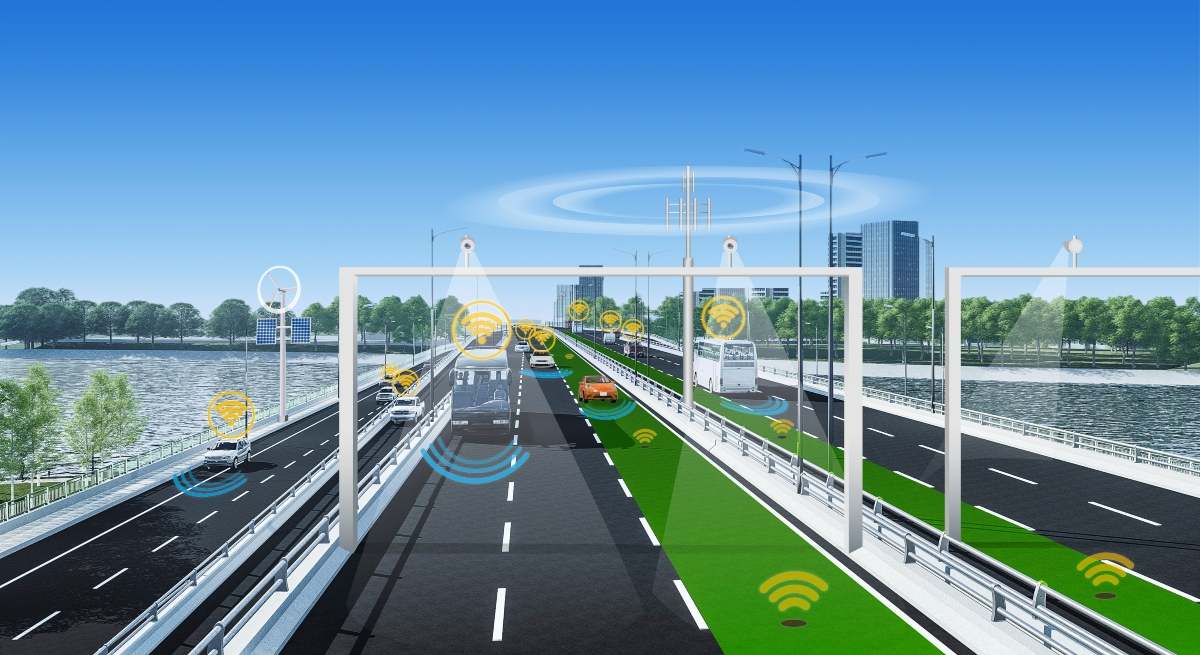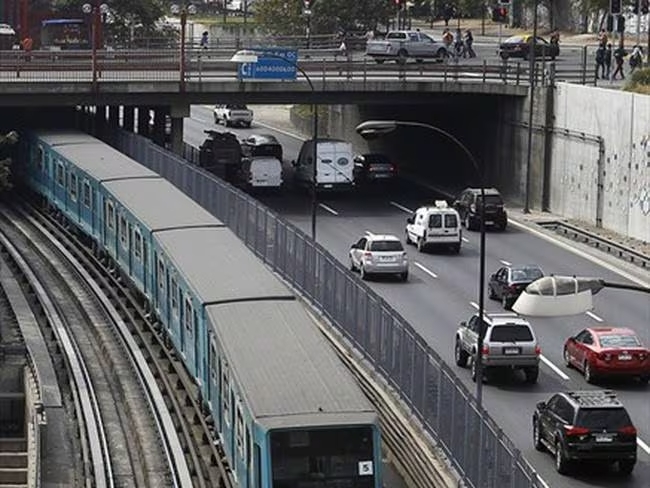5GMED
The European 5GMED project is developing a 5G network infrastructure and services model for future mobility in the Mediterranean Corridor, which can be replicated across Europe.
The model will support multi-operator service orchestration and road infrastructure digitisation to support autonomous driving, remote driving and advanced traffic management.
The use case demonstrations are being carried out in the Mediterranean corridor, which includes the cross-border section between Figueres and Perpignan. A strategic section in the Trans-European Transport Network as it supports 55% of the road traffic between the Iberian Peninsula and the rest of Europe.
Under 5GMED, Abertis Autopistas has succeeded in developing its advanced digital architecture that supports AI-enabled functions for decentralised traffic monitoring and management.
PODIUM
The European PODIUM project aims to develop and implement advanced, safe and resilient transport and mobility services for passengers and freight. The goal is to effectively handle the requirements of automated and connected vehicles (CAV). PODIUM includes three Living Labs: Germany (City of Ulm), Italy (City of Turin and a tunnel on the A22/BRE motorway) and Spain (the cross-border motorway between Perpignan and Figueras).
Abertis Autopistas is taking part in the project and coordinating one of its use cases, which involves developing and rolling out an on-demand automated bus service operating across the French-Spanish borders. The service will be supported by Abertis Autopistas' digital infrastructure, which will help plan journeys and manage road events and situations.
ECTN (European Clean Transport Network Alliance)
The road transport sector in Europe, a significant contributor to CO2 emissions, is facing pressure to adopt low-carbon alternatives.
The European Clean Transport Partnership (ECTN), formed by Sanef, CEVA Logistics and ENGIE, aims to reduce emissions by establishing terminals along motorways equipped with biogas, hydrogen or electric charging solutions for trucks. This network divides routes into smaller segments, optimising the use of trucks and improving conditions for drivers. The model can also be easily tailored to various transport energy supply chains across Europe.
In a two-year experiment connecting northern and south-eastern France, the ECTN Alliance will test low-carbon trucks and collect data to assess the model's efficiency.
EUMOB
EUMOB is conducting a detailed feasibility study for digitising the Atlantic and Mediterranean motorways to promote safer, smarter and more sustainable mobility.
The motorway digitisation solution that EUMOB is analysing and assessing is underpinned by the advanced digital architecture that takes advantage of 5G infrastructure models, which Abertis Autopistas developed as part of various R&D projects.
The feasibility study includes adapting this solution model to the two selected motorways, analysing the economic feasibility and costs of rolling out and operating the solution, and assessing the economic, social and environmental impact.
AWAI
AWAI is an Abertis Autopistas solution that lets drivers pay tolls automatically. The solution works with any mobile device, and customers do not need any other device to pass through tolls without stopping. The solution uses Bluetooth technology to establish secure and resilient communication between the mobile and the toll systems. It is compatible with different barrier or barrier-free toll systems and free-flow tolling.
The AWAI application is currently available in the app stores and can be used on the Abertis Group's C-32 motorway.
SPAV
The Road Accident Prediction System (SPAV) is a unique system developed in collaboration between Vias Chile and ISCI (Institute of Complex Engineering Systems) involving several universities in Chile. Its core component is an accurate traffic accident prediction model, developed using past gantry traffic and accident data as a reference, and capable of anticipating risks as accurately as possible. The system includes an accident risk index that describes the level of risk for the next 5 minutes based on the prediction model. The index is integrated into the Traffic Control Centre to facilitate the implementation of preventive measures to improve road safety. If the accident-risk level is high, the system uses available variable messaging panels (VMPs) to display real-time accident probability messages to drivers, instructing them to modify their driving habits.
RUC
Abertis Mobility Services (AMS) has developed the Road-Use-Charge (RUC) solution to allow drivers of eligible vehicles to pay their highway usage fee per kilometre. It has been successfully implemented at several sites in the United States and Europe, and works with both dongles and 4G connection. One example is the Virginia Mileage Choice Program implemented by AMS in 2023.







